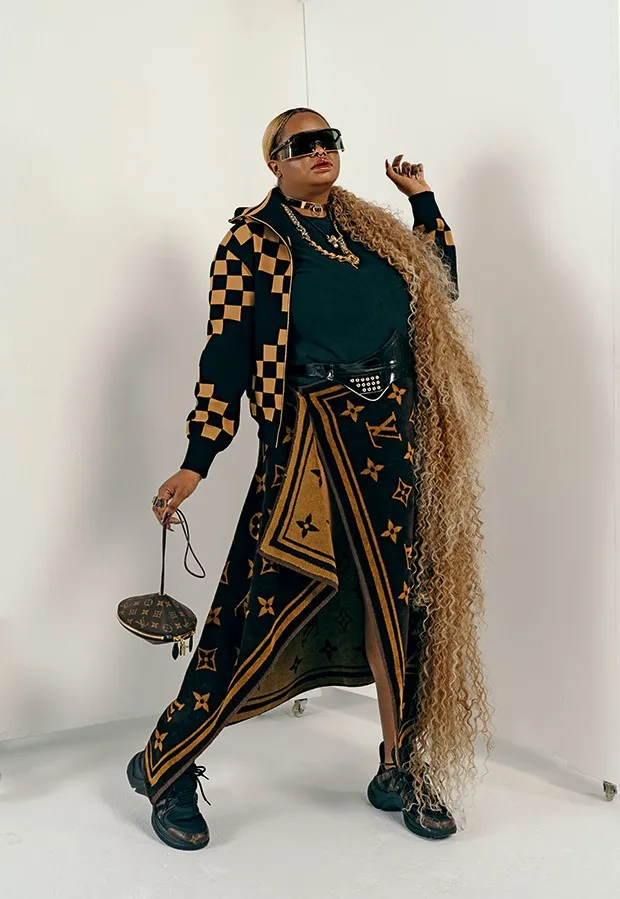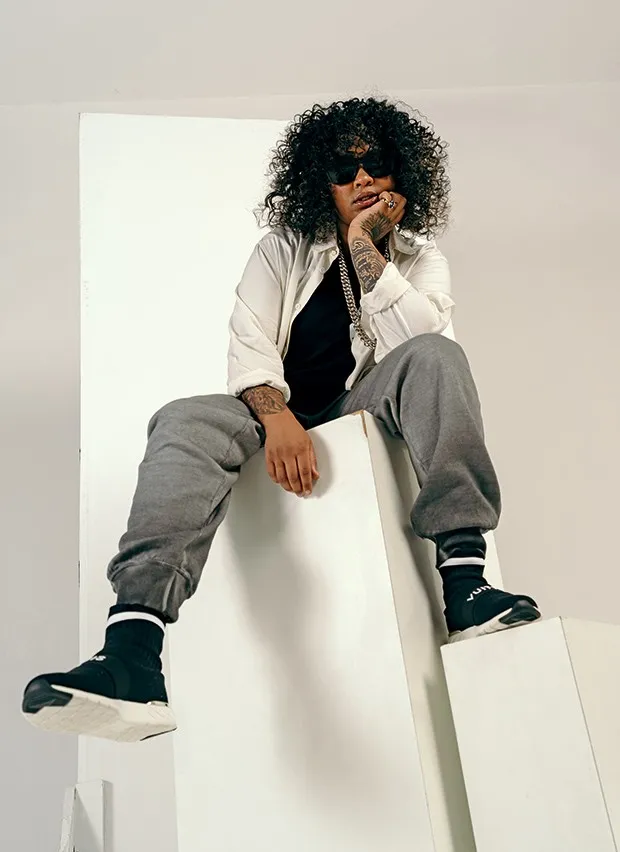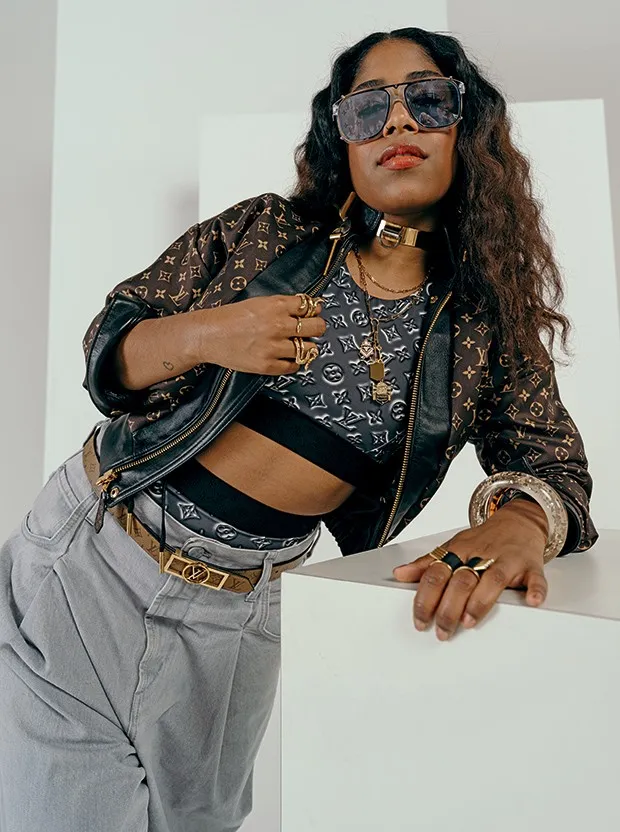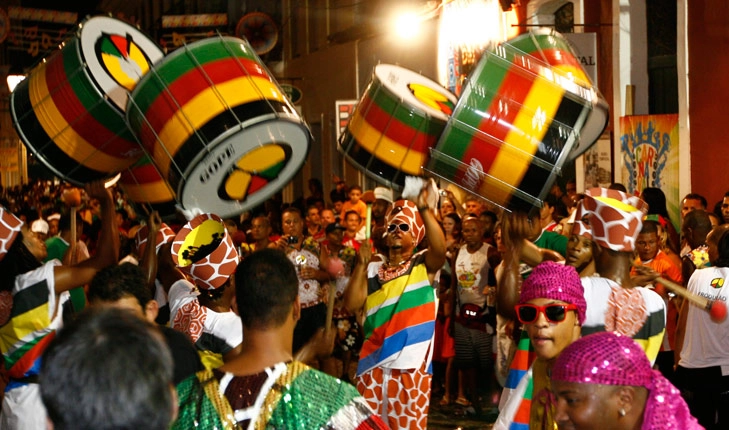
A Movement Long in the Making
For anyone diving into Brazilian culture, music is impossible to ignore. While genres like Brega, Forró, and Sertanejo may not be for everyone, Brazil’s hip-hop scene has a unique story, especially when it comes to the voices that are finally being heard—women.
Back in the early 2000s, Brazilian rap was mostly dominated by male voices—names like Racionais MCs, MV Bill, and Sabotage stood out. Female rappers were harder to find, although artists like Nega Gizza and Negra Li (more pop-R&B than rap) did exist. Fast forward to today, and women are not only entering the scene—they’re claiming it.

Breaking Through the Noise
Although women in rap are still outnumbered, they are beginning to take center stage. Artists like Karol Conká, MC Soffia, Tássia Reis, and others are gaining attention, not just at home, but internationally. Black and brown Brazilian women, including names like Ludmilla, IZA, and Anitta, are proving that female artists sell—and they’re here to stay.
Voices from the Ground
Rappers like Stefanie, who began her journey at age 10 with influences ranging from Wu-Tang Clan to Thaíde and DJ Hum, had to overcome internal doubt and external skepticism. Early on, she adopted baggy clothing and a no-makeup look—not out of preference, but as a survival tactic in a male-dominated space. Her song “Mulher MC” became a statement of self-affirmation and resistance.
Clara Lima, a young rapper from Belo Horizonte, got her start in street battles where she faced not only competition but sexism, racism, and homophobia. Instead of backing down, she sharpened her freestyle skills and fought back with her words.
Tássia Reis found her way to rap through dance and eventually blended her style with genres like jazz and samba. Her independent rise—“step by step,” as she puts it—reflects the slow, deliberate grind many women artists face. Despite reaching global audiences, she still sees women’s contributions marginalized as “female rap” rather than simply rap.
Changing the Game Behind the Scenes
It’s not just about who’s on the mic. Eliane Dias, lawyer and manager of the legendary group Racionais MCs, is pushing for equity within the industry itself. From festival lineups to artist pay, she’s challenging the norms that continue to disadvantage women.
A New Generation Rising
Drik Barbosa, with millions of YouTube views and tracks like “Mandume,” uses her platform to explore identity, race, and empowerment. As part of the all-women group Rimas & Melodias, she’s helping reshape the rap landscape.
Meanwhile, young talents like Clara Lima are continuing the legacy. With her debut album Selfie, she embraces her identity as a Black, queer woman from the periferia, turning personal truth into lyrical power.
Conclusion: The Mic Belongs to Them Too
The shift is clear. More women are stepping into the spotlight, not asking for space but taking it. Whether it’s through powerful lyrics, festival performances, or leadership roles, Brazilian women in hip-hop are redefining the genre. Their message is loud, clear, and unstoppable:
The future of rap is female—and the time to rise is now.







Good https://is.gd/N1ikS2